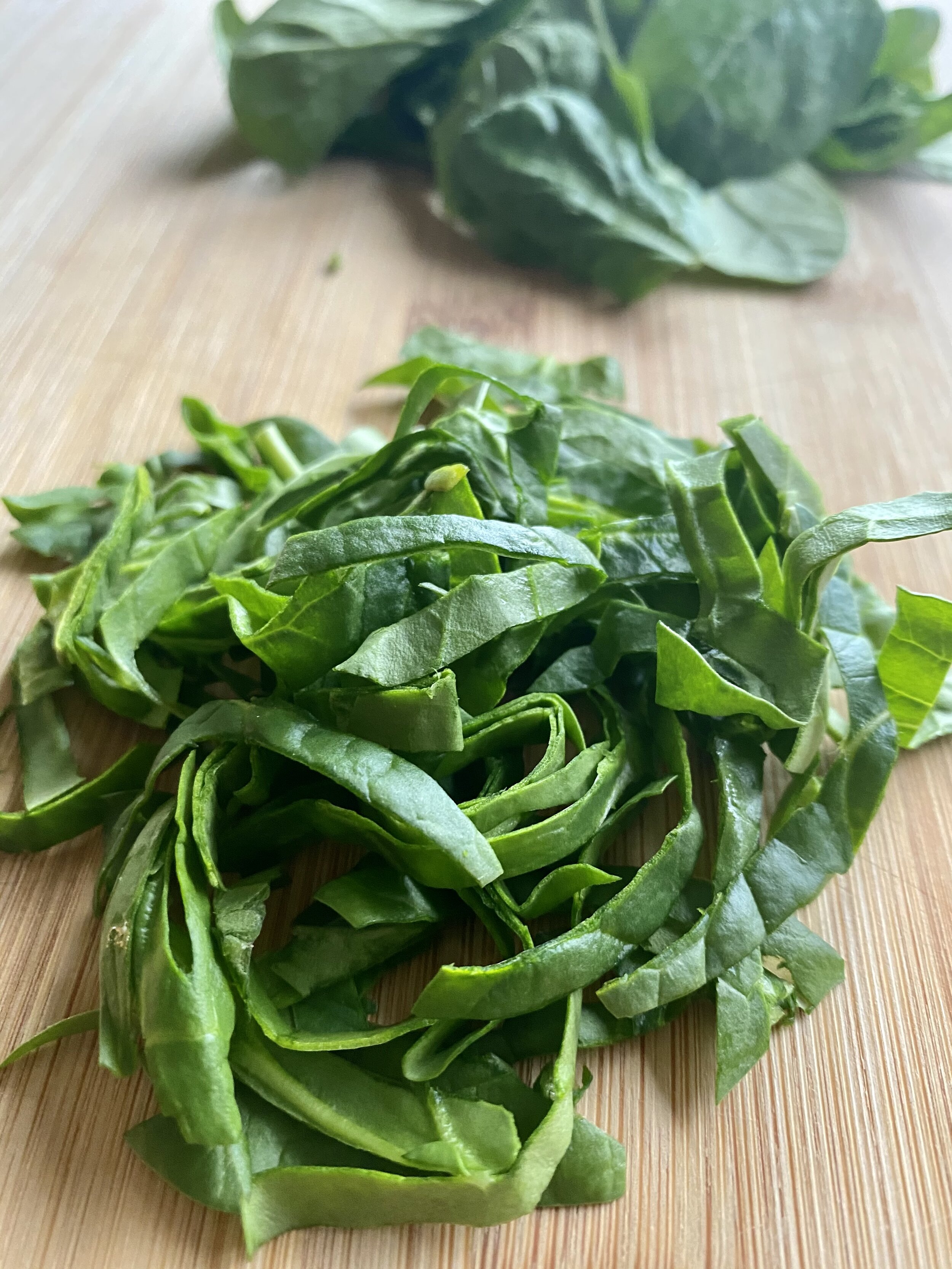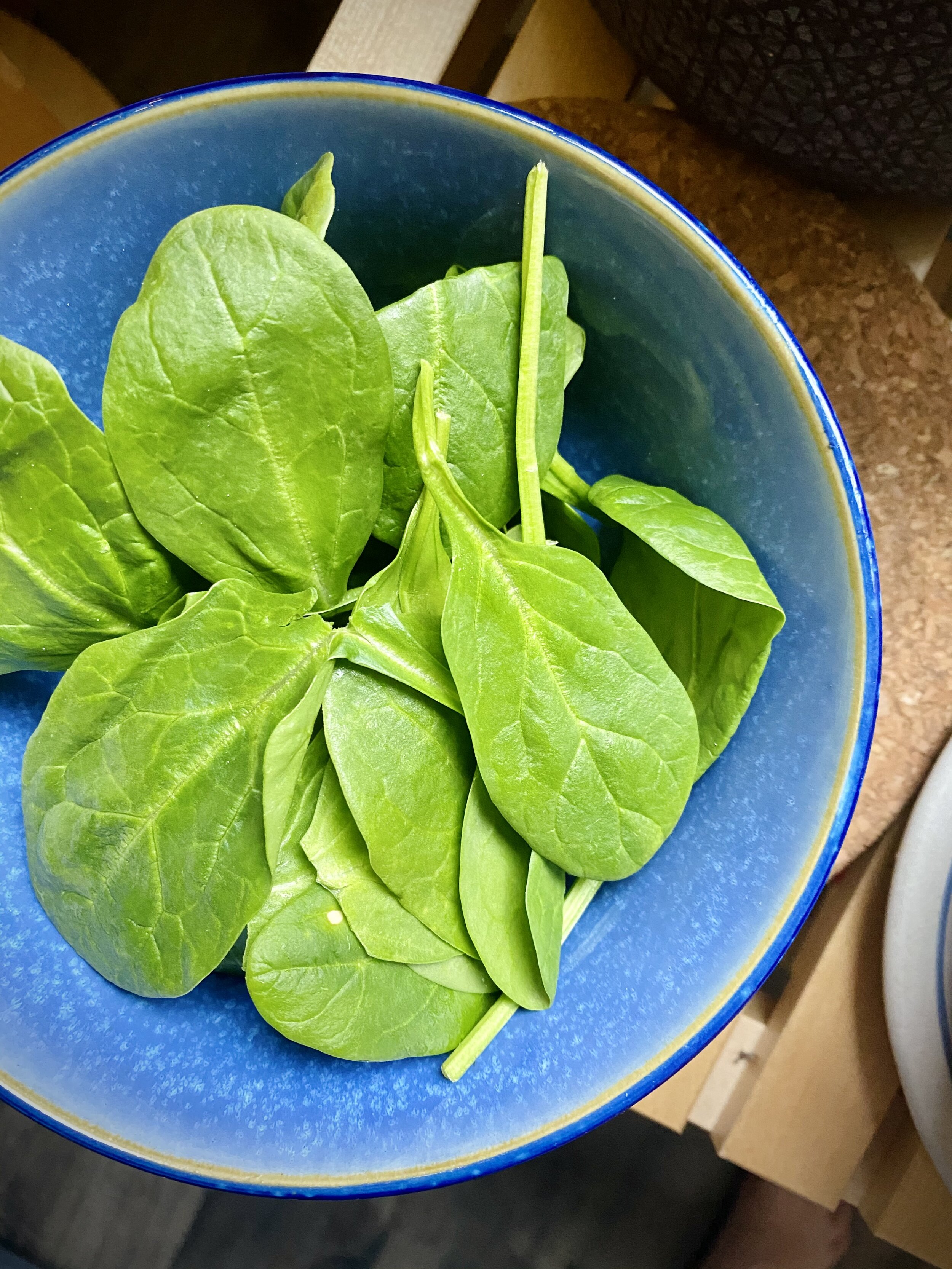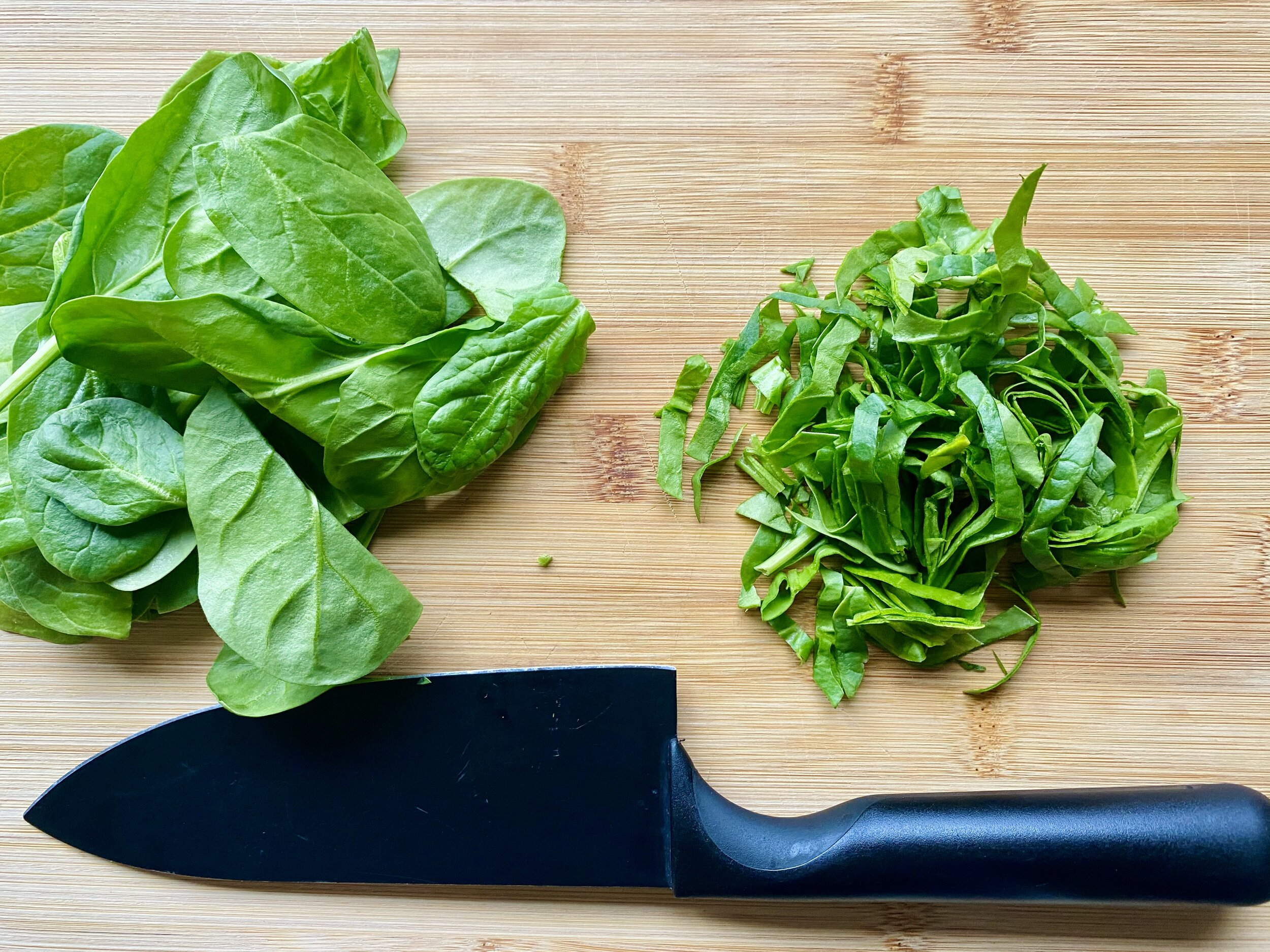Greens in the Winter: Spinach
While winter doesn’t have a great reputation for offering varied or exciting produce (spring and summer with their flashy fruits and vegetables are hard to compete with!), by pushing ourselves to eat more seasonally we’ve found a lot of joy in discovering what is available in these cooler months! While warmer climates have luscious citrus and other bright beauties in their winter months, us northerners are often stuck with a lot of storage crops like root vegetables and cabbage. Luckily, there are ways for farmers to “extend their season” through greenhouses and high tunnels and grow a larger variety of crops in the winter.
Spinach, a crop whose harvest is generally limited to the autumn, is a perfect example of a crop whose harvest has been extended through some ingenuity! Spinach likes chillier weather anyways, and can actually be grown outdoors in the winter through the use of high tunnels. High tunnels are rounded tunnels made of beams and clear plastic wrapping that retain solar heat and keep the ground just warm enough to extend the season substantially in many areas. High tunnels utilize passive heating and cooling by opening and closing the plastic panels, while greenhouses instead use active heating, usually driven by boilers. Plants in high tunnels are also usually planted directly into the soil, while those in greenhouses are planted in pots and elevated on tables. Plants in the soil don’t need as much irrigation because they can draw water up through the soil and they often don’t need as many fertilizer inputs because they are in soil not in pots. More advanced high tunnels are often on rollers, allowing them to be moved to different patches of soil as part of a robust soil health plan on a farm.
High tunnels in Ithaca, NY in the fall.
High Mowing Organic Seeds published an entire step-by-step guide for growing spinach in a high tunnel in the winter. Even if you’re not a farmer, it’s interesting to see how much future planning is needed for each crop. Farmers can get up to three harvests of spinach in the winter months, but it takes months of preparation (starting in August!) to make sure that things are ready to roll for winter greens. The investment is usually worth it, as local greens are a hot commodity during cold winter months.
At your local farmers market it might be possible to chat with your farmer and see what they have available. Since growing spinach in cold climates requires extra investments by the farmer, some may not choose to grow spinach in the winter even if it is technically possible. High tunnels are considered a low-cost option for season-extension for farmers, but they do cost $1-2 per square foot, which can be a lot for a new small farmer.
Since spinach is a vegetable where you eat the entire leaf, you may want to opt for organic options when possible, due to the high potential for chemical residues on the leaves. We delve deeper into organic options and when you might want to choose organic options in our Deep Dive: Organic article.
If you’re feeling adventurous, growing spinach at home may be possible in a sunny window. In the warmth of your home, spinach can be an option year-round, and can be a great option for indoor home gardening as you get a lot of “bang for your buck” — you can grow a ton of spinach in a pretty small space!
Spinach and other dark leafy greens are the basis for a lot of really nutritious meals and can be a great way to add green to different favorite foods. Spinach makes a great bed for your basic salads, and can seamlessly be added to omelets, pasta dishes, smoothies and nearly any other dish you can think of (including dumplings!). Sometimes we use wilting spinach as a base for pesto and spinach can easily be frozen for use later. Do you have a favorite way to use spinach? Comment below and let us know!




